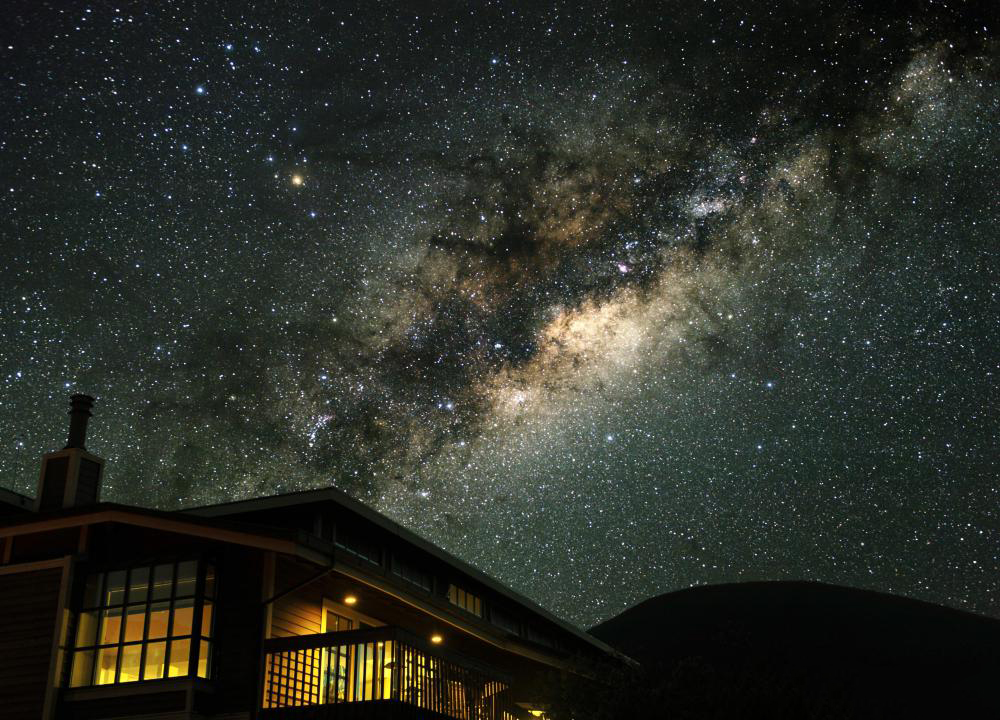Humanity has been fascinated by the night’s sky for as long as mankind has walked the surface of this planet. The view of a clear night’s sky, speckled with twinkling diamonds, has offered inspiration to poets and hinted at the secrets of the universe to astronomers for generation after generation after generation.
Lifetimes have been spent studying the sky and the stars and there are still lightyears of stars left to explore.
Even if you’re viewing the constellations with the naked eye, without any special equipment, you can still see and learn a lot. Just by laying back and seeing how different stars stand out, you can learn so much about the vast universe in which our whole planet is just a tiny speck.
The enormous majority of visible stars are the dimmest that we can see, with only a comparative handful really standing out from the rest.
This huge difference in brightness occurs for just a couple of key reasons.
Obviously, there is an extraordinary number of stars that are so far away that their light doesn’t reach us at all. As your line of sight reaches further and further out into space, it manages to catch fewer and fewer stars.
The farthest star that is visible to the naked human eye is called V762 Cas, in the Cassiopeia constellation. It is 16,308 lightyears away from earth and its brightness measures just above the sixth magnitude limit.
Most of the stars that can be seen from Earth are red dwarf stars. These are not large, but because they all exist within our galaxy, they are close enough to be clearly seen.
But brighter stars aren’t necessarily closer to us.
In fact, the closest star to our solar system is a red dwarf star, an M-class star that is far smaller and less luminous than the sun, a G-class star. This star is Proxima Centauri, which is just 4.24 lightyears away.
For scale, if the sun was a grapefruit on the west coast of America, Proxima Centauri would be a grapefruit on the east coast of America.
There is currently a plan underway to send a lightsail-powered spacecraft to Proxima Centauri and its sister stars in the Alpha Centauri cluster. It would take the craft twenty years to get arrive. Once it was there, it would reveal not only a wealth of information about this trio of stars, but also the mysterious planet orbiting them.
Of the brightest couple of dozen stars, around half of them simply do burn harder, to the extent that even very distant ones are distinctly clear and bold from Earth. These stars are incredible, monstrous fireballs. There are some truly behemoth stars that can emit the same amount of radiation in a single second as our own sun can produce in a full day.
The brightest star visible from Earth – excluding, of course, the sun – is Alpha Canis Majoris, more commonly known as Sirius or the Dog Star, which sits at the centre of the Canis Major constellation. The Dog Star is twenty times brighter than our own sun. At just 8.7 lightyears away, it is the seventh closest star to Earth.
You can learn a lot about a star just from its brightness. The way that that brightness manifests can tell you even more still, with the colour and movement of its light revealing more about not only the stars themselves but our relationship with them.






